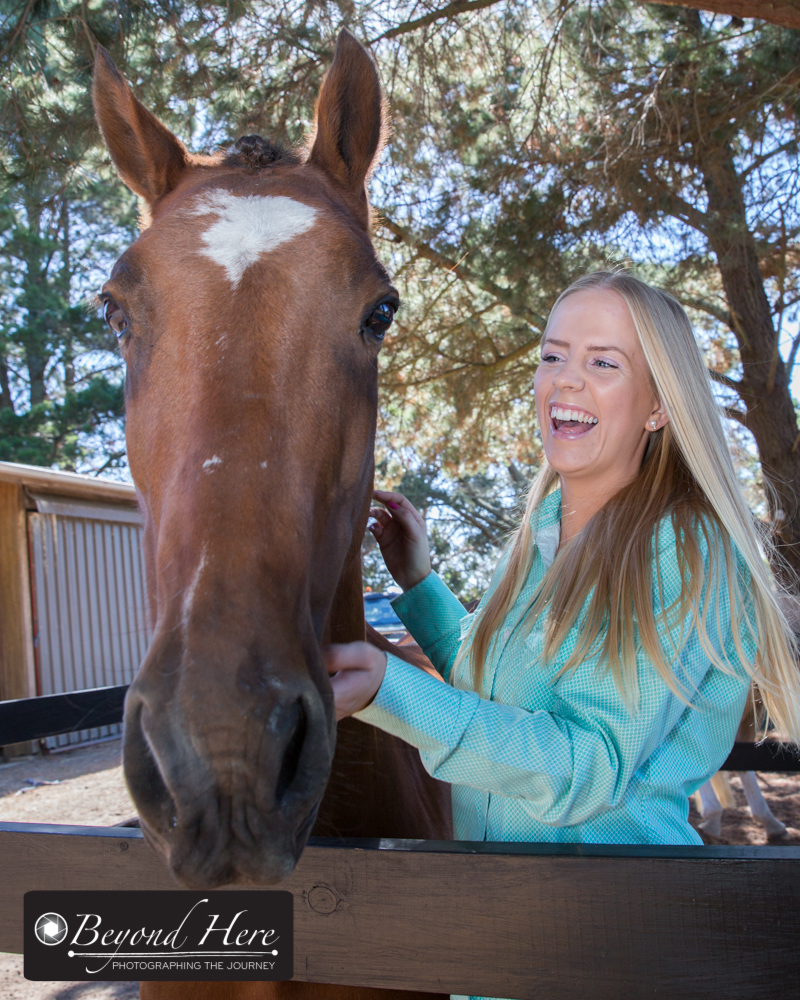I often get asked about secrets or insights to running successful photography businesses. I’m not sure there really are any secrets, so I’ve called this post thoughts on successful photography businesses.

For the State Champs we’ll be back at the same venue as Winterfest
This week I had a reminder of 3 things that are important in running successful photography businesses. The reminders came about after I was asked to shoot the cheer leading and dance Victorian State Championships in 2 weeks time. I have written two posts earlier about my experience shooting a large cheer leading and dance competition. You can read about those here:
So what are those three thoughts on successful photography businesses?
Thought #1 – Happy Customers are Key
I apologize for the simplicity of thought #1! That said, it is worth repeating and digesting – happy customers are key. I do all I can to make sure my customers are happy as that will lead to referrals and other business opportunities. Most times it is easy to make customers happy. The real test is when things go wrong. In that case I’ll do everything possible to put it right, even if it means I lose money on that job.

The opportunity to shoot cheer leading came from doing a good job shooting gymnastics
In this case my ‘customer’ was the national sports photography business I was shooting for. I knew that they needed good, reliable photographers in Melbourne. Doing a good job at the first event I shot for them has lead to a follow up job.
Thought #2 – Repeat Business is Important
Happy customers leads to referrals and also to repeat business. Again, in this scenario, the national sports photography business have multiple events in multiple locations all year round. As it happens, the State Champs are being held at the very same venue as the event I shot with them a few months ago. This will make this job relatively straight forward and definitely low stress.
I know the people I’ll be working with, the venue we are shooting at, and the sport we are covering. That’s the beauty of repeat business. From the national sports photography business point of view, they know I’ll do a good job and will be reliable. Win win.

At the State Champs I’ll aim to take some phone shots which aren’t quite so blurry!
Do you have repeat business opportunities? Can you create some by following up with some of your happy customers?
Thought #3 – Relationships and Communication Drive Everything
Behind the national sports photography business are people. (Amazing insight isn’t it!) In this case I was able to connect with the owner of the business at the first event and strike up a good relationship. She lives in a different state, and since then all our communication has been via email. She is easy to deal with and a good communicator. I try to be the same in return. It is good for both of our businesses to work on relationships and communication. So, it’s more than just being a good photographer, it’s important to be a good partner. Relationships and communication facilitate that.
No genius insights this week – just reminders of good business practices. Thanks for reading thoughts on successful photography businesses.









 Tip #2 Cute Baby Animals Sell as Stock Images
Tip #2 Cute Baby Animals Sell as Stock Images Tip #3 Look for Groups of Animals
Tip #3 Look for Groups of Animals Tip #4 Focus on Color
Tip #4 Focus on Color Thanks for reading. Wildlife photography is a very competitive business. I hope these tips will help in improving stock photography results for wildlife photographers. For more reading please see
Thanks for reading. Wildlife photography is a very competitive business. I hope these tips will help in improving stock photography results for wildlife photographers. For more reading please see 






 1. Be Pro
1. Be Pro Babies up to 2 Weeks
Babies up to 2 Weeks









 Yesterday’s Shoot
Yesterday’s Shoot